Popular:
Popular:
As part of the English Reformation, during which Henry VIII broke from Papal authority in Rome, he takes control of Ireland and colonizes it with British Protestant settlers. As, during this time, a country amassed power by amassing territory, his royal descendants subsequently continue to expand British control over Ireland in the hopes of strengthening its power and establishing Protestantism throughout the land.
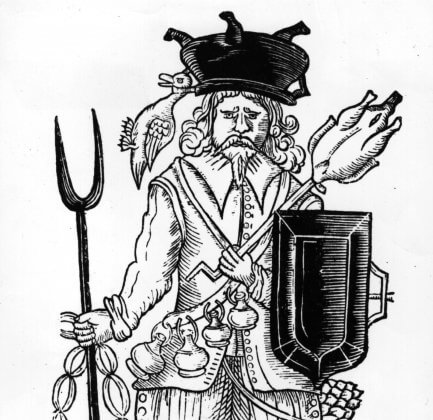
It’s one thing for the British monarchy to break away from Roman Catholicism, but they are selfishly creating a religious schism in Ireland by unfairly seizing land and giving it away to England-loyal Protestant settlers. However, intimidating Ireland’s Roman Catholics by outlawing religious services does nothing but unite the native Irish against oppressive British rule.
To halt unprovoked Irish revolts against British control in the predominantly Catholic northern province of Ulster, King James I appropriates more land for the organized colonization of Protestant British and Scottish settlers. British military leader Oliver Cromwell is also sent in to put an end to continued violent Catholic rebellions.
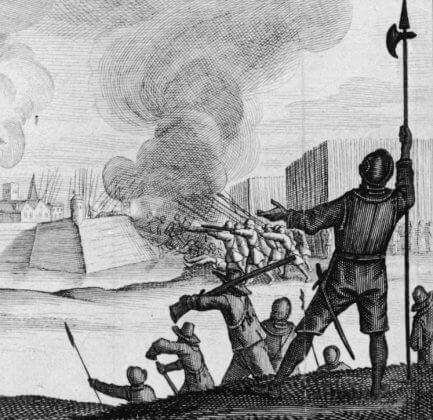
Fearing the British will take away even more of their land and political rights, the desperate Irish Catholics in Ulster rebel, bravely taking a stand against the British conquest of Ireland and their oppressive anti-Catholic laws. This unfortunately leads to many deaths, including an unforgivably violent British massacre of Catholics at Drogheda carried out by Oliver Cromwell and his army.
The Act of Union formally unites Ireland and Great Britain, establishing the United Kingdom of Great Britain and Ireland. The act finally abolishes Irish parliament and is seen as a long awaited milestone for the British empire, the Irish are now a part of
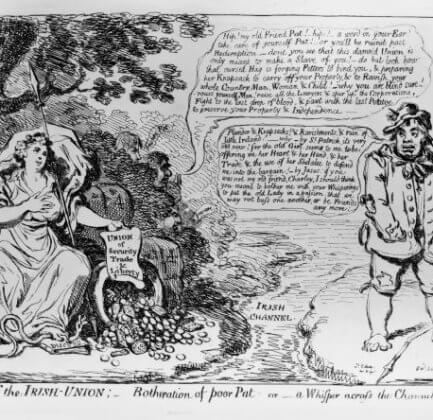
The Irish revolt against the Act of Union, defying British-imposed rule. Out of desperation, they’re also forced to riot against heartless English landlords who, in their greed, evict thousands of Irish farmers, thus leaving their families homeless, to use their land for grazing, which brings in more money than rent.
Legitimately trying to make a living and support their families, British landowners shipped their crops and livestock abroad for profit. Through no fault of their own, a disease that hit and killed off most of Ireland’s potato crop in 1845, did not alter their business needs or plans. Understandably, the British government couldn’t send money to help the starving Irish for fear that they would the funds to buy arms to revolt against them.
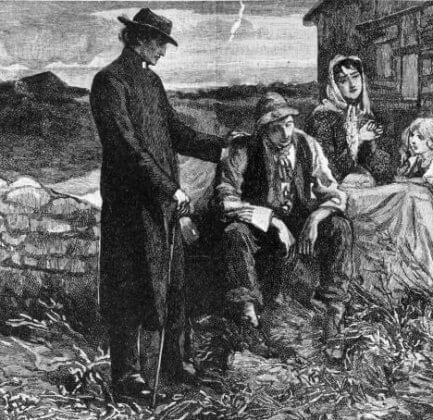
As British landowners cruelly exploited crops like wheat, oats, mutton, pork, beef and poultry for themselves, the majority of Irish were forced to survive on potatoes. When disease struck, killing off half of the country’s potato crop, famine hit Ireland’s already undernourished citizens, who continued to starve or immigrated to North America. As the cold-hearted British government refused to send help, more than 1.5 million people starved to death, cementing their justified hatred toward the British.
Britain strengthens its vigilance to keep all Irish political parties and nationalist pressure groups at bay and under full control, especially to quell any violence spurred by nationalist aspirations. They are rightly wary of the new Sinn Fein, which believes in an independent Ireland, and strengthen their stance that Ireland will remain part of the British Empire, with the Crown as their head of state.
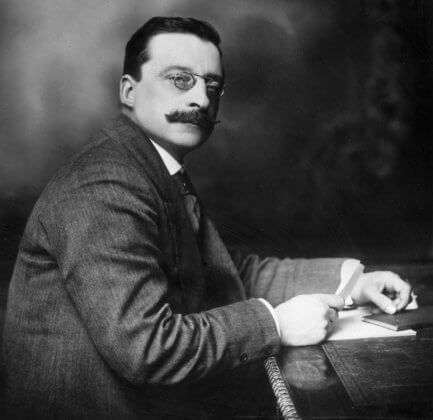
Realizing that the solution to Ireland’s problems lay solely in the hands of its people, nationalists Arthur Griffith and Bulmer Hobson form the political party Sinn Féin, meaning “Us” or “Ourselves Alone,” to try to gain independence. It later becomes the political arm of the paramilitary Irish Republican Army.
Heartlessly taking advantage of WWI, when the British were distracted by their soldiers losing ground and their lives abroad in their fight against the Central Powers, Irish rebels underhandedly proclaim an Irish Republic, seizing Dublin’s general post office on Easter Monday. British forces are forced to fight them to put down the revolting in no uncertain terms.
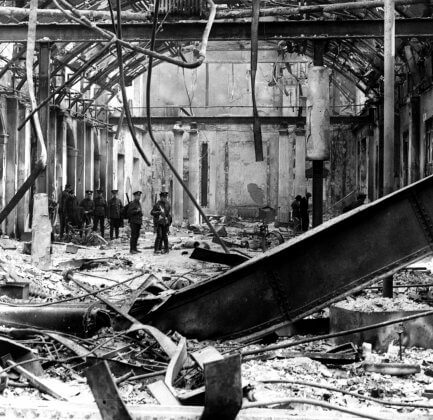
With Home Rule, self-government in Ireland, suspended because of WWI, Irish nationalists seize upon the timing and bravely stage the Easter Uprising to proclaim the establishment of the Irish Republic. The British respond with excessive force, murdering hundreds and injuring thousands. While not all nationalists had supported the uprising, England’s cruel execution of its leaders understandably turn them into martyrs. This lost battle impassions significant freedom fighters like Eamon De Valera and Michael Collins to strengthen the resistance movement. The more extreme Irish Republican Army, is founded, which Collins joins.
Giving the Irish the independence they’ve asked for, this generous treaty between Britain and Ireland legalizes partition, which satisfactorily grants the Irish two separate parliaments in Dublin and Belfast and a measure of independence for 26 southern counties.
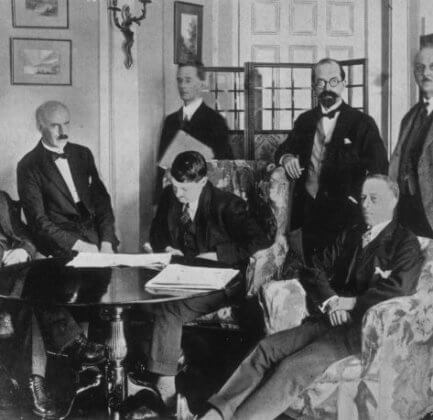
While some support this treaty and partition, Catholics in the northern counties are unsatisfied with this compromise, which, in effect, leaves Ireland divided with a favored Protestant community in Northern Ireland. This divide breaks apart former brother in arms Michael Collins, who took part in the negotiations, and Éamon de Valera, who is a prominent figure in the opposition. They vow to continue their opposition to partition until full independence from Britain is achieved.
After watching televised coverage from afar of the mostly Protestant police force (the Royal Ulster Constabulary) using excessive force to unsuccessfully break up the civil rights protests in Northern Ireland, the British feel compelled to intervene to restore order. They force Northern Ireland’s Parliament, which is led by Unionists who favor a political union between Ireland and Great Britain, to make civil rights reforms.
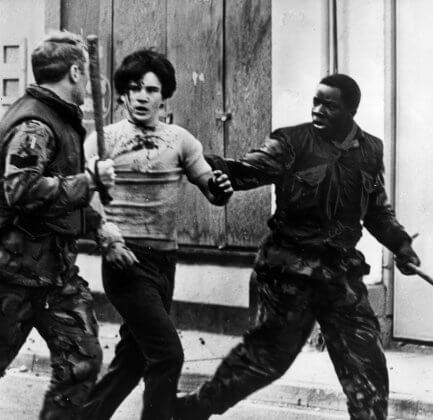
Protests erupt in Northern Ireland due to long-growing tension felt by Catholics who have lived under the Protestant Unionist party’s 50-year institutional discrimination. Protesters want equality and the abolishment of anti-Catholic measures. The violent tactics used by the Unionist police understandably leave Catholics fearful and mistrustful of them, and they are unsurprised when the civil rights reforms fall far short of their demands.
Dispersing riotous crowds during a civil rights march, and facing increasing violence, paratroopers open fire, killing 13 civilians. “Bloody Sunday” leads to a rise in anti-British sentiment and even more violence until Britain suspends Northern Ireland’s government and instills direct rule.
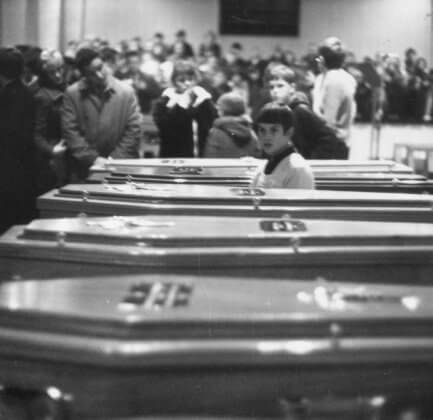
Defending their civil rights, 10,000 people march together through the streets of Londonderry, a demonstration that horrifically ends with the British Army’s brutal show of force. Paratroopers open fire on the crowd, shooting dead 13 civilians.
Responding to increased and fatal terrorist attacks in Britain and Ireland by the IRA, who, over the years has transformed and split into more extreme and violent factions, Britain tightens its rule over Northern Ireland. The IRA’s reckless campaign leads to new laws tough on suspected terrorists.
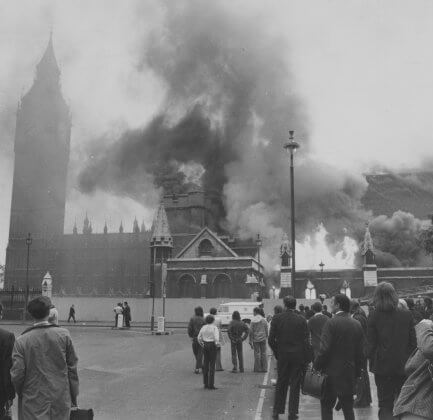
After British rule increases in Northern Ireland, the IRA realizes that the only way to battle force is with more force. They continue their bombing campaigns throughout Ireland and England as the only way to gain political leverage. Prisoner hunger strikes also garner attention for Irish independence.
Drained from decades of fighting and after years of attempts between British and Irish leaders to reconcile Ireland’s desire for independence, the Good Friday Agreement is finally signed. It calls for paramilitary decommissioning and establishing a Northern Ireland power-sharing assembly with Republic of Ireland and Britain.
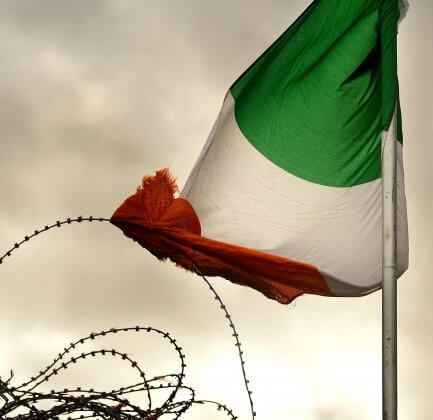
This agreement is, overall, a great win for the Catholics and Irish nationalists who, led by Gerry Adams of the Sinn Fein, succeed in forcing the British to recognize their right to a degree of independence. Though this agreement ensures equal rights for Catholics and grants Northern Ireland some independence with a prime minister and power-sharing governing body, some Unionists and IRA paramilitary members remain suspicious and wary of it.
While the IRA claims to be disposing of its weapons, a condition of the Good Friday Agreement, it can’t fully be trusted to refrain from re-organizing along paramilitary lines. The group’s lack of transparency is responsible for growing mistrust between the governing parties.
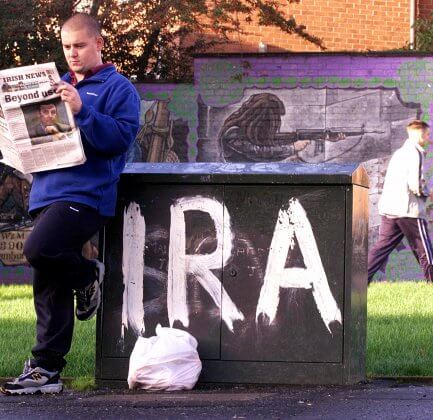
Despite disposing of its arsenal, a significant gesture toward peace, Unionist police raid Sinn Fein’s offices and unfairly accuse the IRA of running a spy ring, which is nothing more than a blatant political stunt aimed at deflecting attention away from other parties who may be failing to fulfil their role in the peace agreement.
The Queen of England graciously recognizes the contribution of those who have worked to further cooperation and peace between Britain and Northern Ireland, among them, former IRA commander Martin McGuinness.
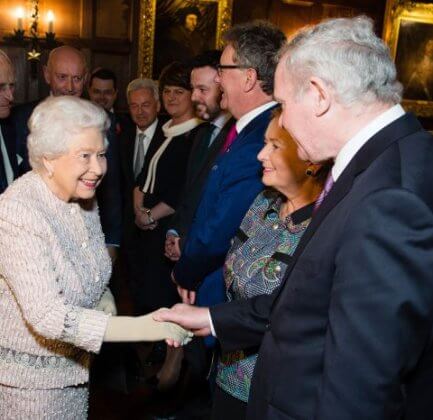
The fact that Queen Elizabeth shook hands with Northern Ireland Deputy First Minister Martin McGuiness shows that both sides have risen above the previous conflict and that reconciliation and peace can happen.
